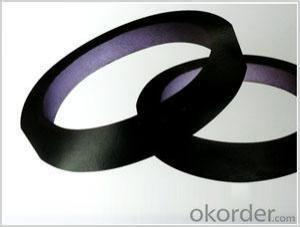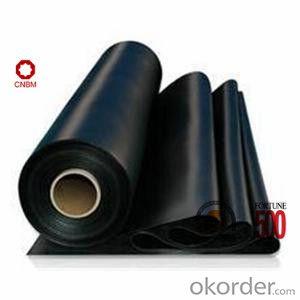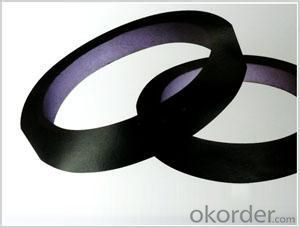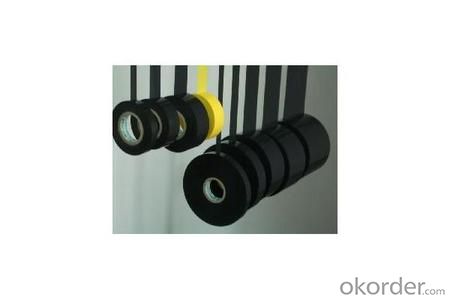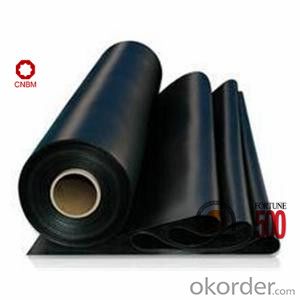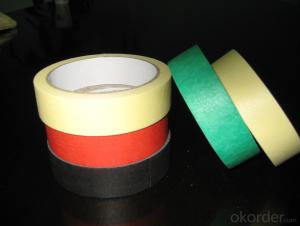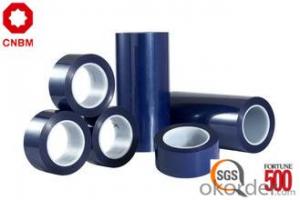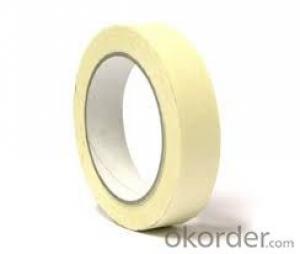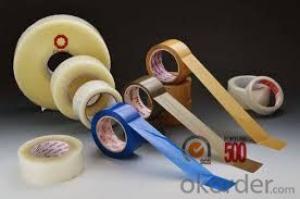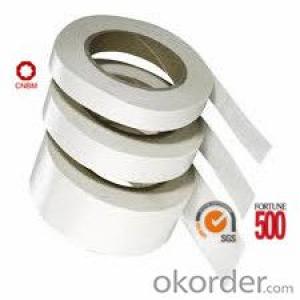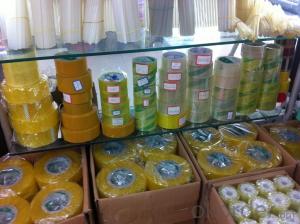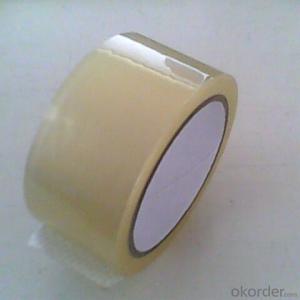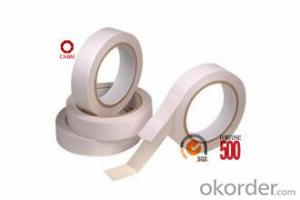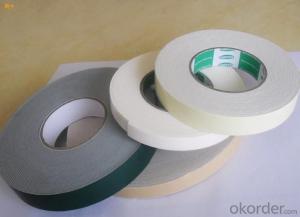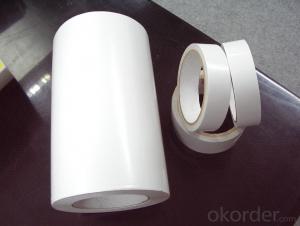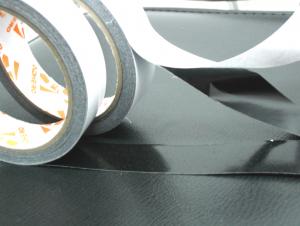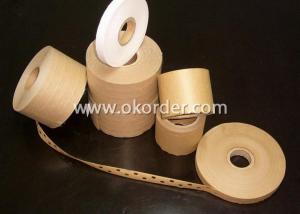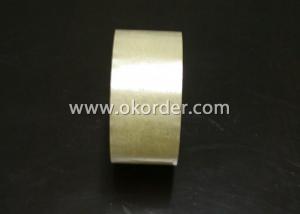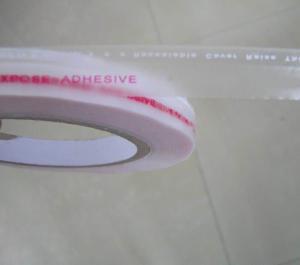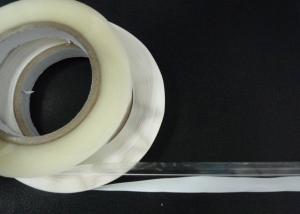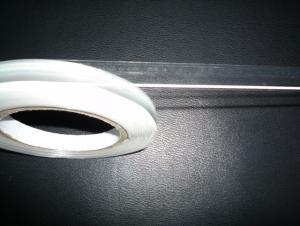Unisource Packaging Tape - Tissue Tape Double Sided Hot Melt Adhesive 90micron Black Color
- Loading Port:
- Shanghai
- Payment Terms:
- TT OR LC
- Min Order Qty:
- 10000 m²
- Supply Capability:
- 20000000 m²/month
OKorder Service Pledge
OKorder Financial Service
You Might Also Like
Specifications
·World Top 500 Enterprises
·Resistance to cold, heat and aging
·Best quality and competitive price
·SGS&ISO9001
Description
The Double Sided Tissue Tape is of tissue as the carrier, coating with hot melt adhesive, water based acrylic, solvent based acrylic. It is excellent in flame retardant, high temperature stability, and anti-aging. It provides well insulation to various products.
The thickness of the tape can be customized.
General purpose of Double Sided Tissue Tape: widely used for bonding, fixing for leather, foam, sponge, garment, shoe, luggage, plastic, paper splicing and stationery.
Typical Physical Reports of Double Sided Tissue Tape
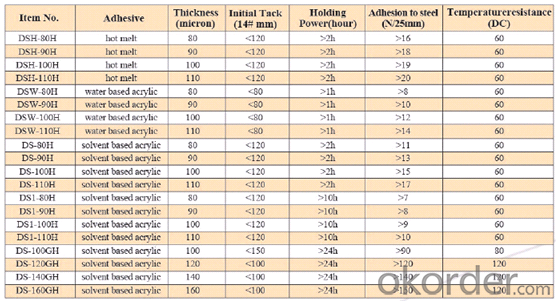
Packaging Detail
The thickness of the tape can be customized.
Cut Roll: As per customer’s requirements
Log Roll: Length 1000mm; width: 1050mm, 1260mm, 1040mm..
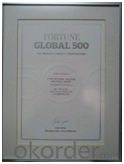
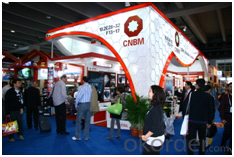
FAQ of Double Sided Tissue Tape
Q1. How about your company?
CNBM International Corporation (CNBM International) is a state-owned company and we have sound business relations with clients from over 120 countries. Currently, we have wholly-owned overseas subsidiaries and branches in 5 countries with a view to realize localization, which also represents an essential progress in our globalization target. We have over twenty years experiences.
Q2. What kind of service we can provide for you?
Sample of Double Sided Tissue Tape is available.
Your inquiry will be replied within 12 hours.
24 hours service for you
Well-trained & experienced sales representative are ready to answer you.
Q3. How long can you receive the product?
Within 7-15 working days after receiving your deposit
Welcome to contact us and visit the factory!
- Q: What is the difference between acrylic and hot melt adhesive for packaging tape?
- Acrylic and hot melt adhesives are two common types of adhesives used for packaging tape, and they have some key differences. One major difference is the bonding strength. Hot melt adhesive is known for its excellent bonding strength, making it suitable for heavy-duty applications. It creates a strong and durable bond that can withstand rough handling and varying temperatures. On the other hand, acrylic adhesive typically offers a lower bonding strength compared to hot melt adhesive. While it is still suitable for most general packaging needs, it may not be as ideal for heavy or bulky items. Another difference lies in the application process. Hot melt adhesive is applied in a molten state and solidifies upon cooling. It is typically dispensed using a hot melt glue gun or a hot melt applicator. The quick setting time of hot melt adhesive allows for fast packaging operations, making it popular in high-volume settings. In contrast, acrylic adhesive is applied in a liquid form and requires some time to cure and form a strong bond. It can be applied using a hand dispenser or a tape gun, and it usually requires some pressure for optimal adhesion. Additionally, hot melt adhesive offers good adhesion to a wide range of surfaces, including cardboard, plastics, and metals. It is highly versatile and can be used for various packaging materials. Acrylic adhesive also adheres well to different surfaces, but it may not have the same level of compatibility with certain low-energy surfaces, such as polyethylene or polypropylene. Furthermore, temperature resistance is another factor to consider. Hot melt adhesive performs well in both high and low temperatures, maintaining its bonding strength. It can withstand freezing temperatures and heat without compromising its adhesive properties. Acrylic adhesive, while generally offering good temperature resistance, may not be as effective in extreme conditions, particularly at very high or low temperatures. In summary, the main differences between acrylic and hot melt adhesives for packaging tape lie in bonding strength, application process, surface compatibility, and temperature resistance. While hot melt adhesive provides superior bonding strength, fast setting time, and excellent temperature resistance, acrylic adhesive offers versatility, ease of application, and good adhesion to most surfaces. The choice between the two depends on the specific packaging needs, materials, and environmental conditions.
- Q: Can packaging tape be used for sealing protective packaging materials like bubble wrap?
- Indeed, bubble wrap can be effectively sealed with packaging tape. The purpose of packaging tape is to establish a robust and secure seal on diverse materials, bubble wrap included. In the packaging and shipping sectors, it is widely employed to guarantee the safety and security of package contents throughout transportation. To ensure optimal protection and prevent any potential harm or exposure, it is essential to apply the tape along the edges of the bubble wrap, creating a snug seal.
- Q: Does packaging tape come in different widths for sealing different-sized items?
- Yes, packaging tape does come in different widths for sealing different-sized items. This allows for flexibility and customization when it comes to packaging and sealing various items. Depending on the size and weight of the item being packaged, one can choose from a range of widths for packaging tape. For smaller items or lightweight packages, narrower widths such as 1-inch or 2-inch tapes might be sufficient. On the other hand, for larger items or heavier packages, wider widths like 3-inch or 4-inch tapes may be more suitable to ensure secure sealing. The availability of different widths in packaging tape ensures that it can be used effectively for sealing different-sized items, providing optimal protection during storage and transportation.
- Q: How do I prevent packaging tape from losing its color over time?
- To prevent packaging tape from losing its color over time, it is essential to store it properly. Keep the tape in a cool and dry place, away from direct sunlight or excessive heat. Exposure to these elements can cause the color to fade. Additionally, make sure the tape is tightly sealed after each use to prevent any air or moisture from affecting its color.
- Q: Are there different colors of packaging tape?
- Yes, there are different colors of packaging tape available in the market. While the most common color for packaging tape is clear, you can also find it in various colors such as brown, white, black, and even vibrant options like red, blue, green, and yellow. These different colors of packaging tape serve multiple purposes. For example, brown tape is often used for sealing boxes and packages, white tape is commonly used for labeling or writing on, and colored tapes can be used for color-coding or adding a decorative touch to packages. The availability of different colors allows individuals and businesses to choose the most suitable tape for their specific needs.
- Q: Can packaging tape be used for sealing glass jars?
- Yes, packaging tape can be used for sealing glass jars. However, it is important to note that packaging tape is not specifically designed for sealing glass jars, and there are better alternatives available. While packaging tape may provide a temporary seal, it may not be as effective in maintaining the freshness and airtightness of the contents inside the jar. Additionally, packaging tape may not adhere well to glass surfaces and may peel off over time, potentially compromising the seal. It is recommended to use specialized jar sealing methods and materials such as rubber gaskets, metal lids with screw caps, or heat-sealing techniques for optimal results in preserving the contents of glass jars.
- Q: How do I choose the right packaging tape for my needs?
- To guarantee your packages are securely sealed during transit, it is crucial to make a careful decision when selecting the appropriate packaging tape. Here are some factors to take into account: 1. Strength and durability: Take into consideration the weight and nature of your packages. For heavy or bulky items, it is advisable to choose a tape with high tensile strength that can withstand rough handling. Look for tapes made from materials like fiberglass or reinforced with polyester fibers. 2. Adhesive type: Various packaging tapes use different types of adhesives. Acrylic adhesive is commonly used and provides a good balance of performance and affordability. For challenging surfaces or extreme conditions, consider using hot melt adhesive, which offers superior bonding strength. Furthermore, water-activated tape, also known as gummed paper tape, forms a permanent bond when moistened, providing enhanced security. 3. Width and length: Determine the appropriate width and length of tape based on the size of your packages. Thicker tapes are generally more durable, and longer rolls may be more cost-effective for high-volume packaging. 4. Transparency and aesthetics: If you desire a professional appearance for your packages or need to easily see the contents, opt for clear or transparent packaging tape. However, if appearance is not a concern, colored tape can aid in easy identification or branding purposes. 5. Environmental considerations: If you are environmentally conscious, look for packaging tapes made from eco-friendly materials or those that are recyclable. Some tapes are water-based, solvent-free, or made from renewable resources, making them a greener choice. 6. Dispenser compatibility: Take into account the type of tape dispenser you have or plan to use. Ensure that the tape you choose is compatible with your dispenser, as certain tapes necessitate specific types of dispensers. 7. Cost: Finally, compare prices and consider your budget. However, bear in mind that sacrificing quality for a lower price may result in inadequate tape performance and potential damage to your packages. By considering these factors, you can make an informed decision and select the appropriate packaging tape that best suits your needs, ensuring your packages arrive securely and intact.
- Q: Are there any specialty packaging tapes for specific applications?
- Indeed, there exists an array of specialty packaging tapes tailored for distinct applications. These tapes are specifically crafted to cater to the diverse needs and demands across various industries. Illustrative instances of specialty packaging tapes encompass: 1. Double-sided tapes: These tapes possess adhesive on both surfaces and are widely employed for mounting purposes, such as affixing posters or signs onto surfaces. 2. Tamper-evident tapes: These tapes produce a discernible mark or pattern upon removal, serving as evidence that the package has been tampered with. They are frequently utilized for securely sealing sensitive or valuable items during transportation. 3. Filament tapes: These tapes integrate fiberglass strands, imparting them with remarkable tensile strength. They are commonly employed for bundling weighty items or reinforcing packages that necessitate augmented sturdiness. 4. Masking tapes: These tapes offer a weak adhesive force and can be effortlessly detached without leaving residue or causing surface damage. They are frequently employed for masking off areas during painting or for temporary holding applications. 5. Printed tapes: These tapes can be customized with specific messages, logos, or branding in order to enhance the presentation of packages and foster brand recognition. 6. Cold temperature tapes: These tapes are engineered to endure exceedingly low temperatures and are frequently employed in cold storage facilities or for shipping goods that necessitate refrigeration. 7. Hazard warning tapes: These tapes boast vibrant hues and feature printed warning messages or symbols. They are often employed to mark hazardous areas or indicate potential dangers. These aforementioned examples merely scratch the surface of the extensive variety of specialty packaging tapes accessible in the market. Each tape is meticulously designed to meet distinct requirements, guaranteeing the secure and dependable packaging of diverse products or materials across various industries.
- Q: Is packaging tape resistant to punctures or tears?
- Packaging tape, in general, exhibits resistance to punctures or tears. Its purpose is to possess strength and durability, specifically for the task of securing and sealing packages. Packaging tape derives its composition from materials like polypropylene or polyester, which possess high tensile strength and provide exceptional resistance against punctures or tears. Moreover, packaging tape commonly possesses adhesive properties that further augment its capacity to withstand punctures or tears. Nevertheless, it is crucial to acknowledge that the extent of resistance may fluctuate based on the particular type and quality of packaging tape employed.
- Q: Does packaging tape have a specific weight capacity?
- Yes, packaging tape does have a specific weight capacity. The weight capacity of packaging tape depends on its thickness, width, and quality. Generally, packaging tapes are designed to securely seal boxes and packages, and their weight capacity is determined by their adhesive strength and durability. Most standard packaging tapes have a weight capacity of around 20 to 30 pounds. However, heavy-duty packaging tapes are available that can handle weights of up to 50 pounds or more. It is important to consider the weight of the package or box being sealed and choose a packaging tape that can handle the specific weight capacity to ensure a secure and reliable seal.
Send your message to us
Unisource Packaging Tape - Tissue Tape Double Sided Hot Melt Adhesive 90micron Black Color
- Loading Port:
- Shanghai
- Payment Terms:
- TT OR LC
- Min Order Qty:
- 10000 m²
- Supply Capability:
- 20000000 m²/month
OKorder Service Pledge
OKorder Financial Service
Similar products
Hot products
Hot Searches
Related keywords
